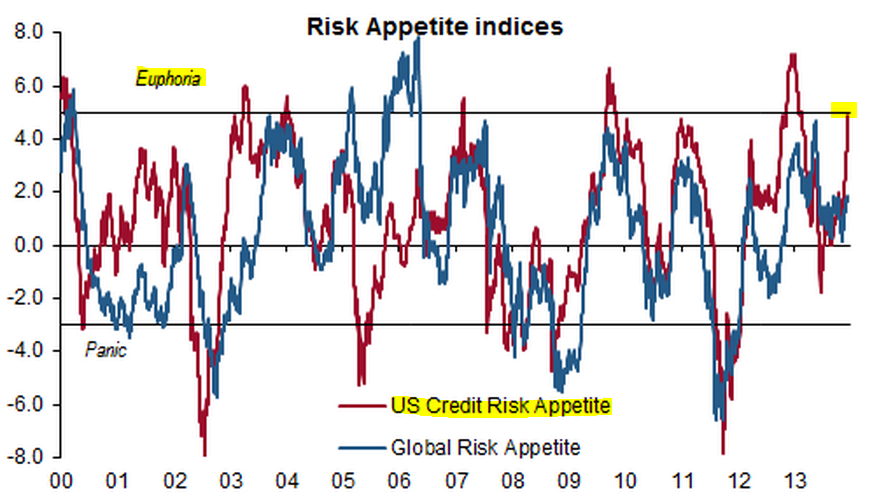The PostRecession Appetite for Risk and Regulation
Post on: 1 Июль, 2015 No Comment

By Catherine Rampell April 15, 2009 2:28 pm April 15, 2009 2:28 pm
Wednesday, in his speech at Georgetown, President Obama proclaimed that It is time to lay down tough new rules of the road for Wall Street to ensure that we never find ourselves here again.
But just how restrictive will, and should, those rules be? Will there indeed be a permanently lower tolerance for financial risk-taking, when risk-taking and financial innovation have been a prized part of economic growth over the last few decades?
The lead-up for such tough new rules so far has been somewhat equivocal. America unlike its European counterparts has generally prioritized temporary stimulus over permanent regulation in the face of an economic contraction. We like to address a particular market failing in the short-term, rather than reassigning the way markets work for the long haul. In fact, Americas long-term trend over the last few decades has been toward less, rather than more, regulation. That political habit may be hard to break, no matter the volume of populist calls for straight-jacketing the private sector.
Still, a few prominent economists whose discipline is usually seen as the bastion of laissez-faire are fighting to sharply reverse this decades-long, freer-financial-market trend.
For example, Paul Krugman, the Nobel laureate and Times Op-Ed columnist, last week wrote about the need for new regulations to make banking boring again in other words, by legally limiting bankers abilities to get too creative with the ways they slice, dice and assemble their financial toys.
Amar Bhidé, a business professor at Columbia University, has similarly argued for a return to primitive finance, which would mean greatly limiting what commercial banks are allowed to do, and reviving a more stringent version of Glass-Steagall .
And Laurence Kotlikoff, an economics professor at Boston University, has vocally proselytized the virtues of a limited purpose banking system, one that would greatly reduce banks abilities to take on risk. In this system, commercial banks would initiate only AAA-rated mortgages and business loans (approved and rated by the government, rather than by private ratings agencies), and then bundle and sell those loans within mutual funds. And thats all these banks could do.
These arent the only economists arguing for what may sound like extreme curbing of the financial system. Other critics have more or less called securitization a dirty word, and suggested that the process of bundling loans and other financial products may be inherently toxic (no matter how much we upgrade the ratings agencies). They also fear that morally hazardous bailouts may yet increase banks appetites for reckless risks.
Others say, though, that we may emerge from the current crisis with financial institutions that are much more risk-averse than they were before the recession. In this situation, perhaps tighter regulations would not be necessary; perhaps they might even be detrimental. An economy needs some desire to assume risks in order to function and to grow, and perhaps, then, the government should be encouraging more financial innovation when the private sectors instinct is to pull back. Besides, some say, maybe having a major financial meltdown only every 80 years or so isnt such a bad track record, given the economic growth the existent system has produced (or at least enabled).
It will be interesting to see which, if any, of these views wins out in the coming months.
Readers, I put the question to you: What kind of financial system will emerge either due to market forces or regulatory forces once the dust of this crisis settles? And what kind of financial structure should we want to emerge?














